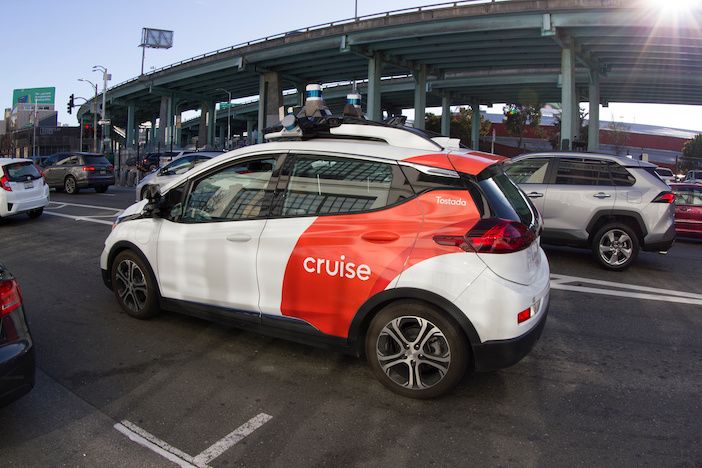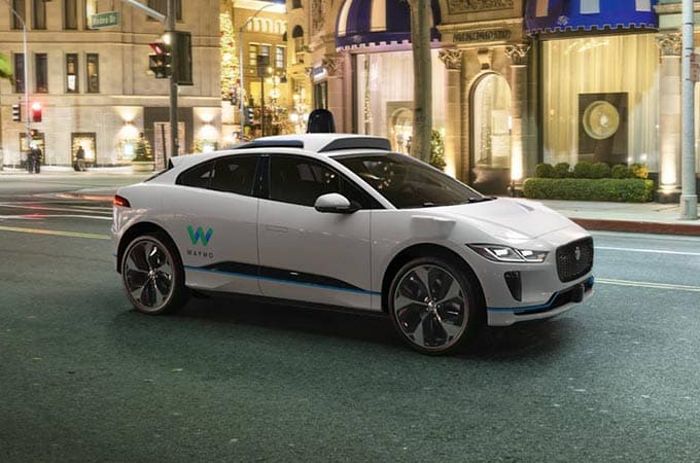OPINION: The fall of Cruise and how it impacts the robotaxi industry (original) (raw)
Last week, GM announced that it was withdrawing funding from its robotaxi business Cruise. Here Dr James Jeffs, principal technology analyst at IDTechEx, takes a look at the history of the company and asks what its demise means for the future of the autonomous vehicle market
IDTechEx’s new report, Autonomous Car Markets 2025-2045: Robotaxis, Autonomous Cars, Sensors,”predicts that 2024 and the coming couple of years will be seen as the hockey-stick moment for robotaxis. Companies across the US and China are preparing for a mass roll-out of services.
Cruise was one of the early leaders in robotaxi development, getting off to a good start and attracting the attention of General Motors who acquired the company in 2016. It was also the first company to gain permission to offer a commercial robotaxi service in San Francisco, beating out Waymo by several months.
It had more on the horizon as well. The United Arab Emirates was keen to get a Cruise service going aiming for around 2026. Honda had also partnered with Cruise to launch a service in Japan, also aiming for 2026. It would have likely spread across the US as well over the next few years. However, in December 2024 it appears that GM and Cruise’s robotaxi endeavour is coming to a premature end.

In August 2023, Cruise’s San Francisco deployment saw a massive boost when it was permitted to operate across a much larger proportion of the city, as well as being able to offer its service around the clock. At this time, Cruise was confident it was at the beginning of something massive, predicting it would reach US$1 billion in revenue by 2025 (having so far lost nearly US$10 billion in development) and would go on to hit US$50 billion in 2030.
But, just two months after this mammoth milestone, Cruise’s descent started. On October 2nd, 2023, a Cruise vehicle was involved in a collision with a pedestrian, which resulted in the pedestrian being dragged under the vehicle for 20 feet before it came to a stop on their leg, causing severe injuries. This will be seen as the beginning of the end for Cruise.
Following the incident Cruise came under fire for its response to media, leading to the company being investigated, and senior leaders at the company leaving. Cruise also had its commercial licenses and driverless testing permits revoked by the authorities in California and all testing was put on hold.
Some renewed hope was ignited for Cruise earlier in 2024. In the summer, Cruise restarted manual testing of its fleet in an activity that looked like mapping for a possible future deployment in Texas and Arizona. The sentiment from the company at the time was also a regroup and rebuild mentality.
However, on December 10th, 2024, GM announced that it would be pulling the plug on Cruise. In the press release, GM stated, “GM intends to combine the majority-owned Cruise LLC and GM technical teams into a single effort to advance autonomous and assisted driving”.
“Hopefully, the incorporation of Cruise’s technology into GM’s cars will accelerate its offerings in the consumer vehicle market, but this is still certainly a massive loss for the robotaxi industry with a leading player leaving the race”
GM currently has over 20 vehicles on the market with hands-free, eyes-on driving. It is the leading player in this field, but with Mercedes offering hands-free, eyes-off driving already and Tesla aiming to offer it in 2025, GM will need to keep up. Hopefully, the incorporation of Cruise’s technology into GM’s cars will accelerate its offerings in the consumer vehicle market, but this is still certainly a massive loss for the robotaxi industry with a leading player leaving the race.
So is this the beginning of the end for robotaxis? Definitely not. While the Cruise crash was undoubtedly damaging to its reputation, Waymo, Cruise’s main rival in the US, came out unscathed. In fact, it went from strength to strength in 2024.

Over 2023 and 2024, Waymo opened commercial services in San Francisco and Los Angeles, while already being established in Phoenix. In this period it has grown its footprint in all three cities and in October 2024 it reported that it is taking 150,000 rides and racking up one million miles on a weekly basis.
In September 2024, Waymo announced it plans to begin commercial services in Austin and Atlanta in 2025, and then in December it also announced Miami for 2026. It is now entering a phase of city-by-city deployment that IDTechEx predicts in its report Autonomous Car Markets 2025-2045: Robotaxis, Autonomous Cars, Sensors. IDTechEx expects that over the next few years, there will be a flurry of announcements from Waymo of new locations it looks to deploy in.
On top of Waymo’s success, Tesla is also looking to join the party, announcing its own robotaxi planned to be purchasable by consumers in 2026. Owners will be able to use the steering wheel and pedal-free vehicle for personal transport and as a revenue-generating asset. This is not to mention the progress that the likes of Baidu, AutoX, Pony.AI, and WeRide are experiencing in China.
It is hugely sad that a pioneer of robotaxis and a driver of the industry will be leaving the robotaxi race. However, the industry is hitting critical mass now, and IDTechEx thinks that the others in the field will go on regardless.